Introduction: Turbocharger Bypass (or blow off) Valves
Unless it’s an extreme racing application, gas engines utilizing a turbocharger typically need some way to “blow off” the boost pressure in the event there’s a sudden reduction in power request from the driver.
Consider the scenario where an engine that is operating under full boost pressure, the turbocharger is spinning at full speed, and the driver suddenly takes their foot off the accelerator pedal. In order to slow the engine speed down, the throttle blade will close. However, the turbocharger is still spinning at full speed and continuing to compress air. Eventually, the compressed air behind the compressor will build up so much pressure that it will push back through the compressor (this is called compressor surge).
Compressor surge can destroy a turbocharger in short order, so to avoid this scenario, automakers incorporate a mechanical valve that diverts the compressed air coming out of the compressor outlet back into the compressor inlet.
Old School: Pressure-Mechanical bypass valves
Bypass valve found on 1.4L Turbo (RPO: LUJ/LUV)
Historical bypass valves were pneumatic-mechanical devices. They would use the pressure supplied to the intake manifold while the engine is under boost to push the bypass valve closed, and keep it closed. If the pressure in the manifold drops because of a throttle closure, the pressure from the compressor would push the bypass valve open to avoid compressor surge.
On most modern applications, there’s also a bypass control solenoid that allows the ECU in the vehicle to disable the pressure signal even if there’s positive pressure in the manifold. It might do this because of a boost control system failure to ensure the engine is not allowed to develop any boost. One drawback to the legacy system is its complicated and failure-prone. There’s plumbing from the manifold to the control solenoid, and more plumbing to the bypass valve assembly itself. It’s always possible the bypass valve itself could fail, as well.
Modern Era: Electronic bypass valves
Bypass valve found on 1.4L Turbo (RPO: LE2)
The newer turbocharger designs from General Motors aim to reduce system complexity by utilizing an electronic air bypass valve on the turbocharger. Here, a self-contained electromagnetic-mechanical device attached directly to the turbocharger compressor housing can bypass the air by simply receiving a signal from the ECU. One of the two pins is connected directly to a fused +12v source, and the ECU controls the ground pin. The default position (unpowered) results in the valve staying closed (through spring pressure). In order to open the valve, the ECU supplies the ground signal, which energizes the coil and pulls the plunger against the spring to open the valve.
GM 2.0T (RPO: LTG) and 1.4T (RPO: LE2) engines use the electronic bypass
The 2.0T LTG engine made its debut in the 2013 Cadillac ATS, and 2013 Chevrolet Malibu, and so far as we know, is the first application to use the electronic bypass valve. Later, in 2015, the overseas Chevrolet Cruze arrived with the 1.4T LE2 engine which also uses the same electronic bypass valve. In 2016, the US and other global markets received the 1.4T LE2 engine in the Chevrolet Cruze and certain models of the Buick Encore. 2016 was also the first model year of the Gen6 Chevrolet Camaro that has the LTG as an option.
Virtually every known “next generation” GM turbocharged engine design at the time of writing has, or will have an electronic bypass valve, including:
- 1.2T RPO: LIH
- 1.35T RPO: L3T
- 2.0T RPO: LSY
- 2.7T RPO: L3B
- 3.0T RPO: LGY
-
4.2T RPO: LTA
Limitations in the OE electronic bypass valve design
The OE bypass valve relies on a relatively weak spring to keep the bypass valve closed when it isn’t energized by the ECU. While it may be adequate for OE boost levels, performance enthusiasts that are looking for higher boost or are using a modified turbocharger may run into issues with the bypass valve leaking.
The other limitation related to the return spring is that when there’s a transition from an open bypass event to closed bypass event, again, it relies on this spring’s ability to push the valve closed.
GFB (GoFastBits) DV+ bypass valve upgrade kit
Several aftermarket companies have approached solving the limitations in the OE electronic bypass valve in various ways, but GFB has taken a unique approach. With the DV+, rather than just beefing up the original design, they redesigned the entire valve control system to leverage the compressor boost to open the valve during an open event, and to hold the valve shut when it’s supposed to be closed.
In our testing, we have not observed any issue with the OE bypass valve being blown open by excess boost. We compared boost levels on the OE bypass valve versus the DV+ (as well as another aftermarket bypass valve upgrade) and found no differences. This isn’t to say that as the vehicle components age, they won’t develop problems. In fact, we’ve seen a few LE2 engines lately appearing to not hold boost correctly, and we’re looking into whether the bypass valve might be causing the problem.
Where these valves can really shine, particularly the DV+, is during bypass open-to-close transitions. Not only does the piston have a stiffer return spring, but the piston travels a shorter distance, and the valve design leverages the compressor boost to get the valve closed more quickly. This results in a noticeable improvement in boost response when going from off pedal to on pedal.
Installation of the valve is straightforward. Simply remove the OE valve by disconnecting the battery, disconnecting the electrical connector, and removing the three screws that attach it to the compressor housing. After partial disassembly of the OE valve, the DV+ is assembled on the OE coil assembly and is reattached to the turbocharger with the three new bolts they provide with the kit. Installation took approximately 20 minutes and required no tuning changes.
Conclusion
The GFB DV+ is a great modification if you’re looking for the best performance you can get out of your 2.0T LTG or 1.4T LE2 engine! It’s a simple, low cost way to improve the vehicle’s boost response. For this application, the part number is T9363 and is available at any of GFB’s distributors.
Link: https://gfb.com.au/products/blow-off-and-diverter-valves/dv-plus/t9363/
NOTE: The web site does not list the LE2 as compatible with this product, but we have tested and confirmed it is, on our development vehicles.

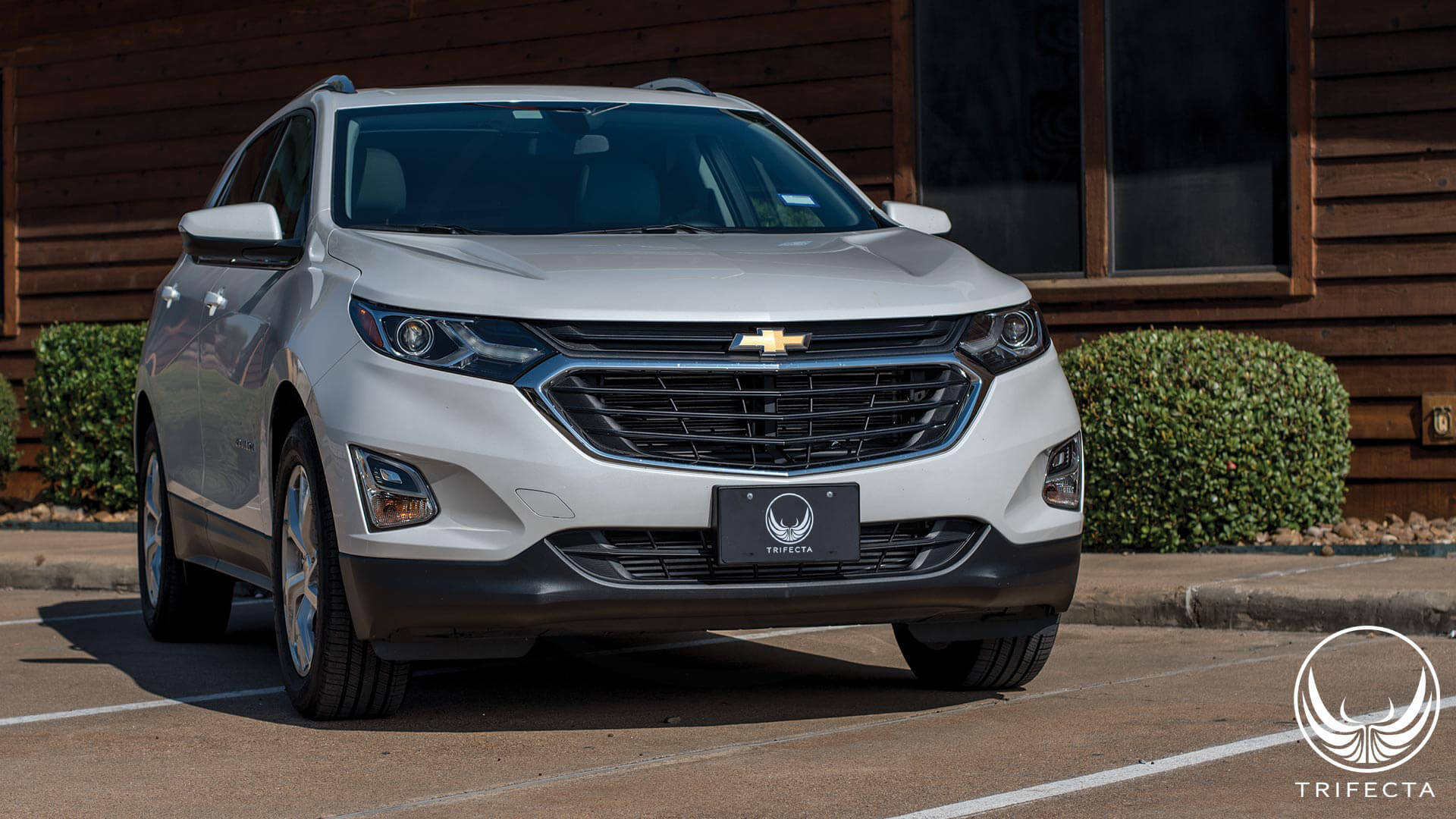
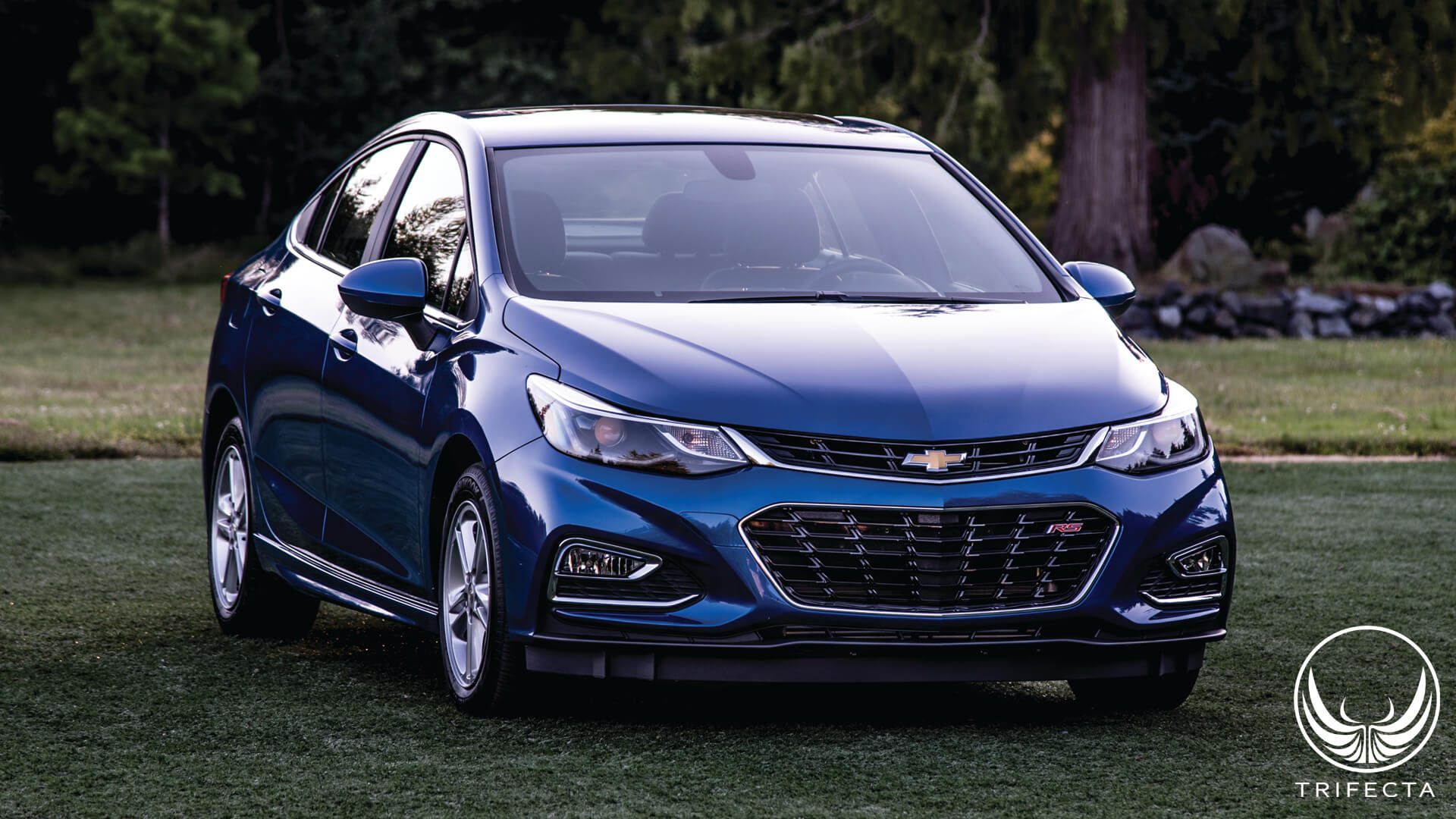
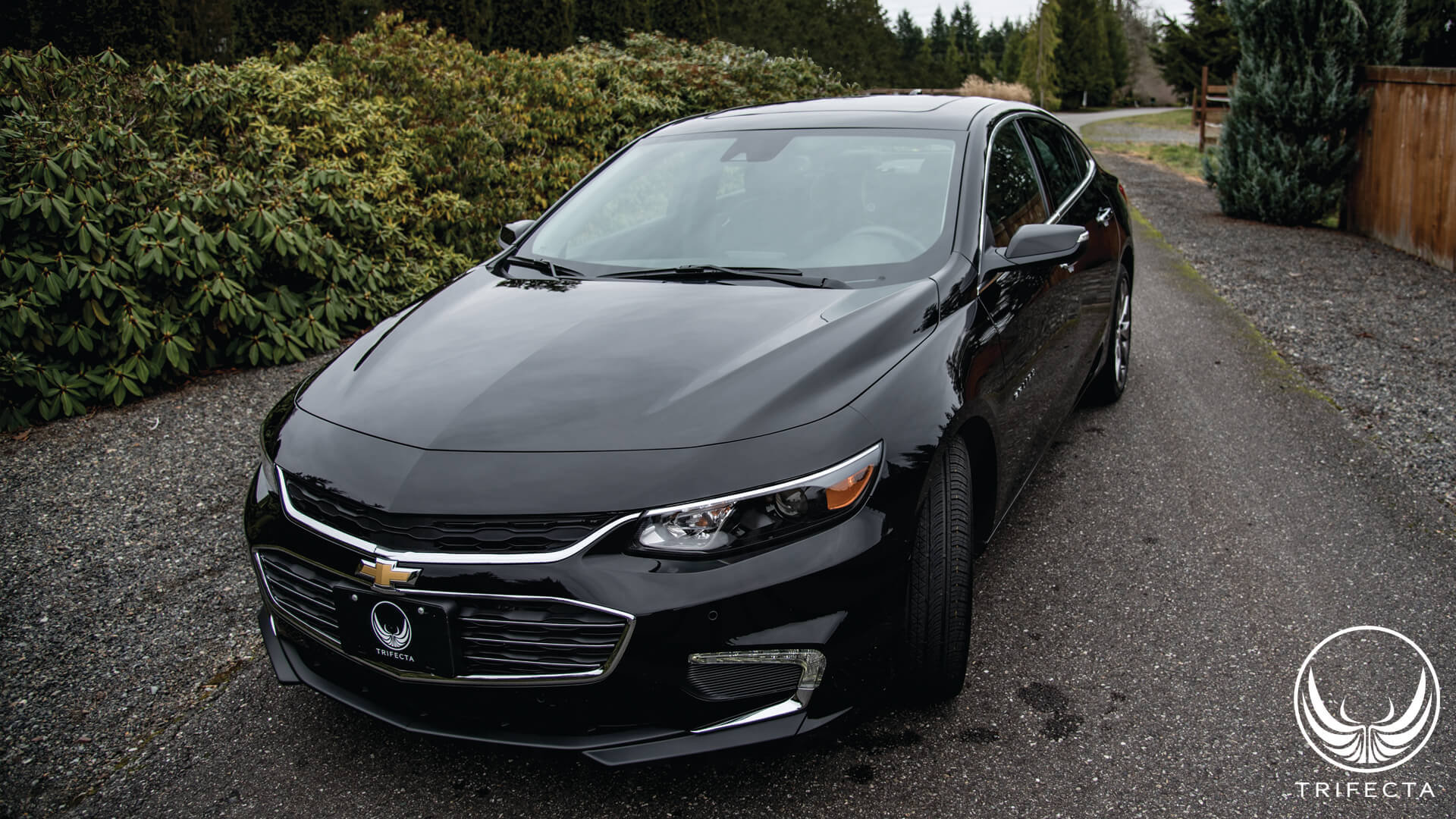
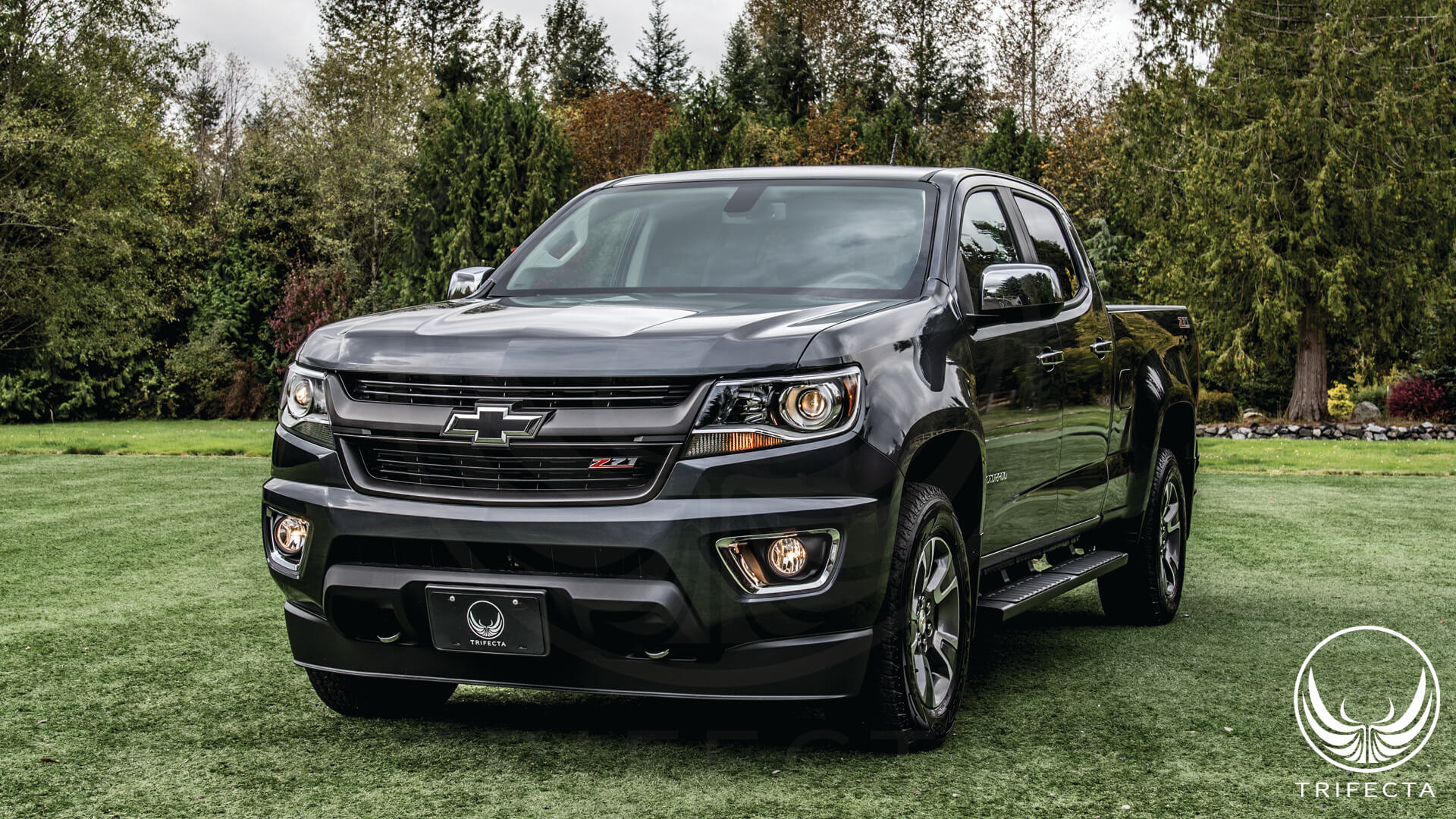
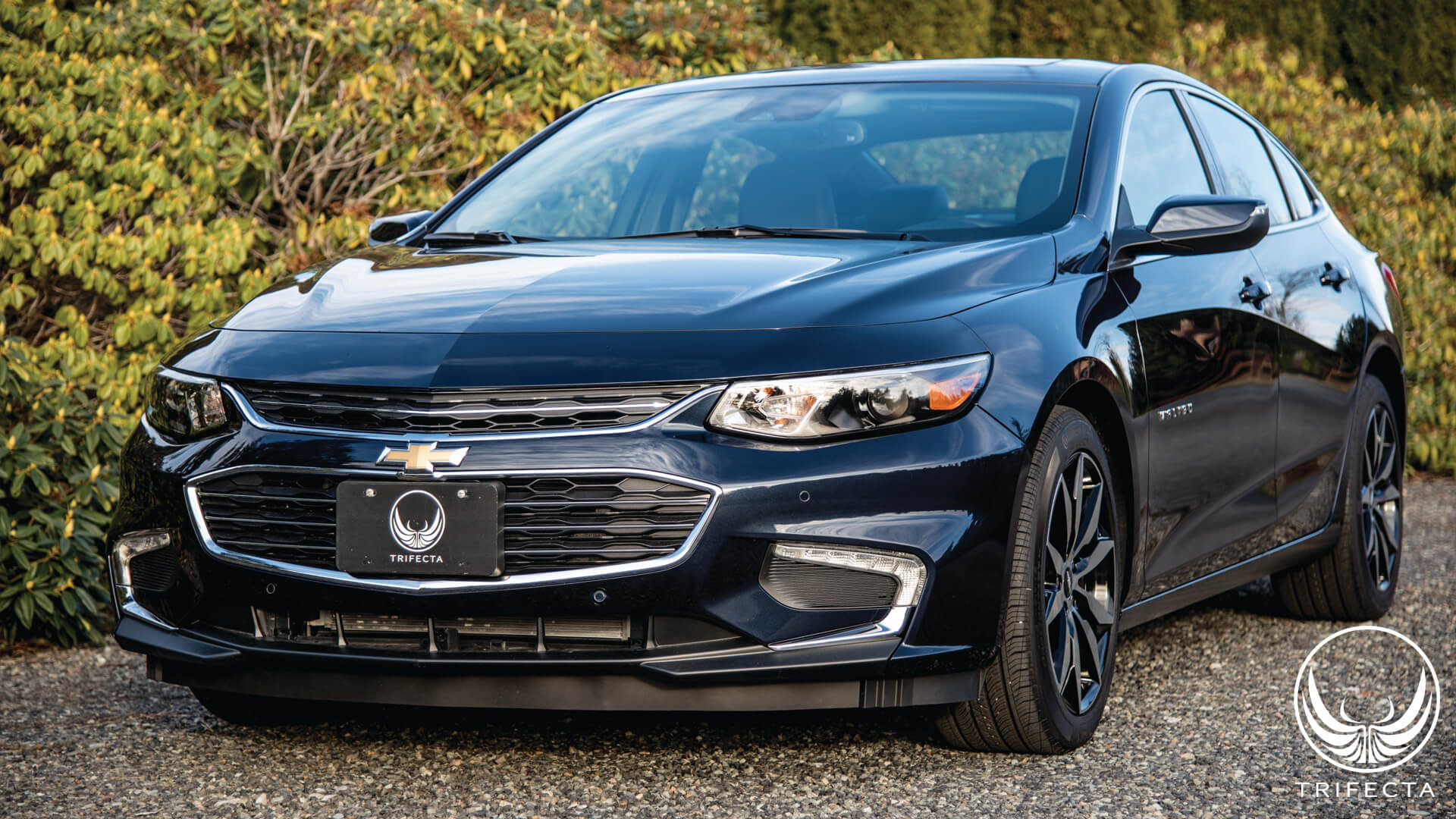
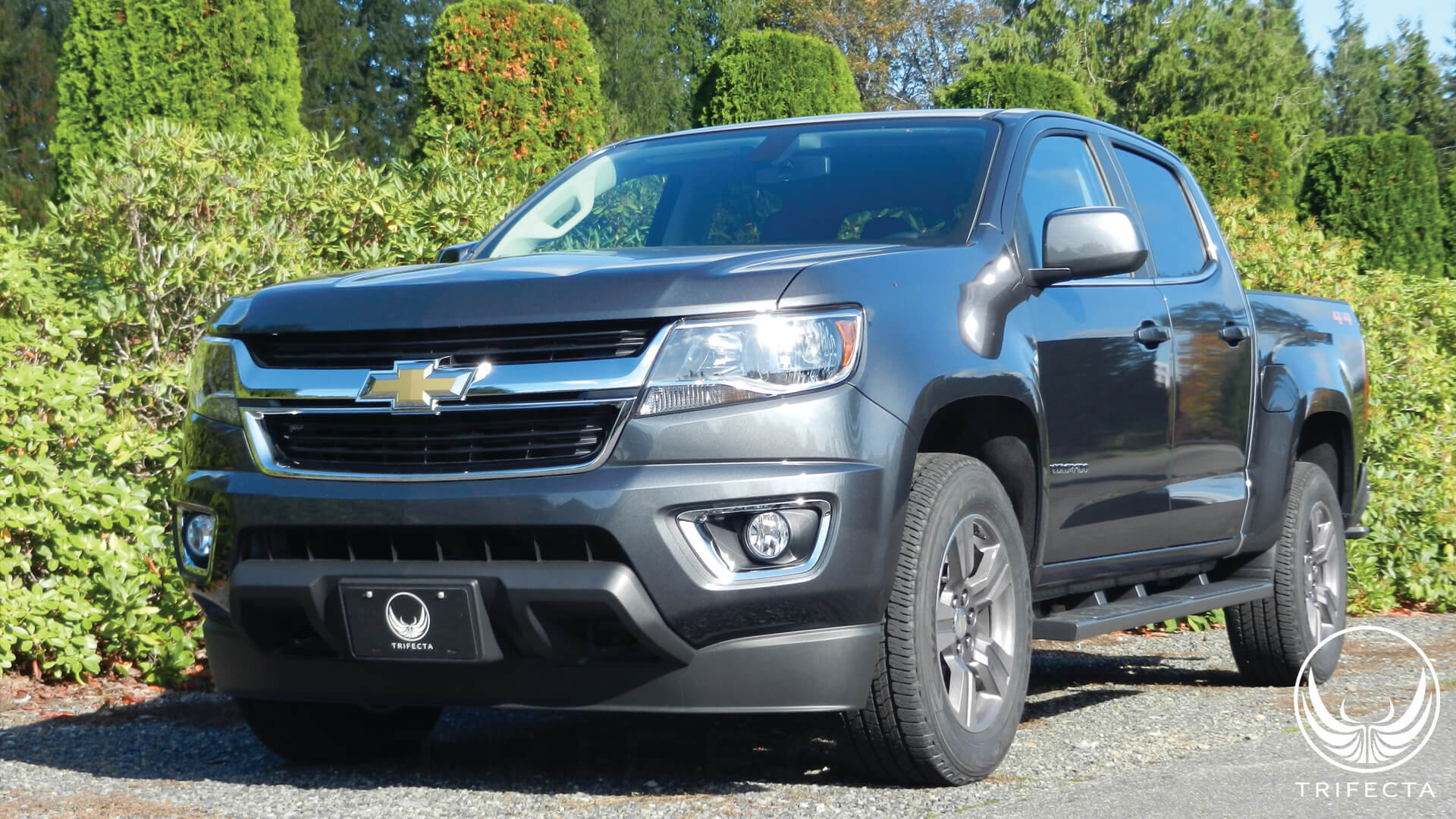

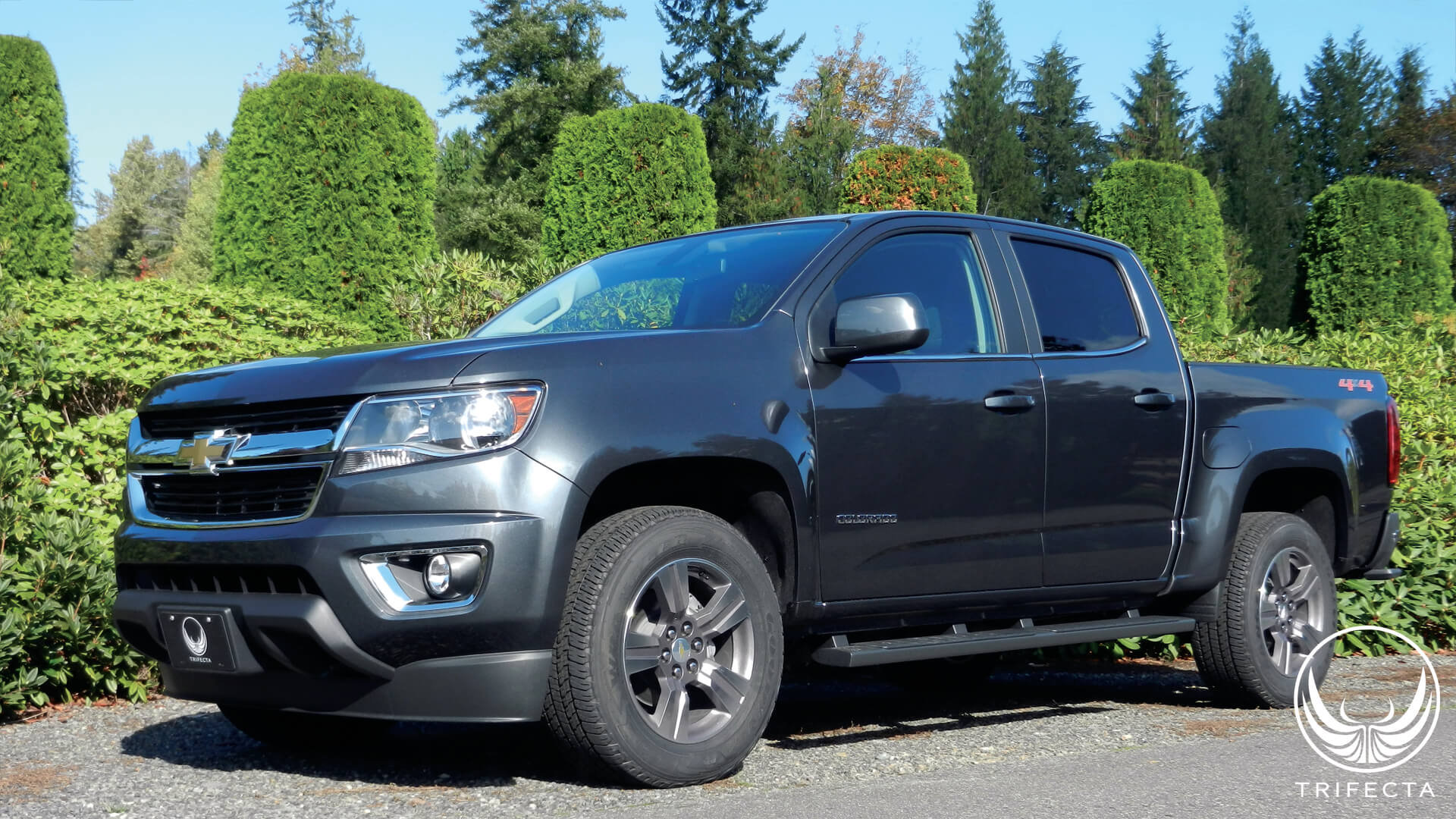
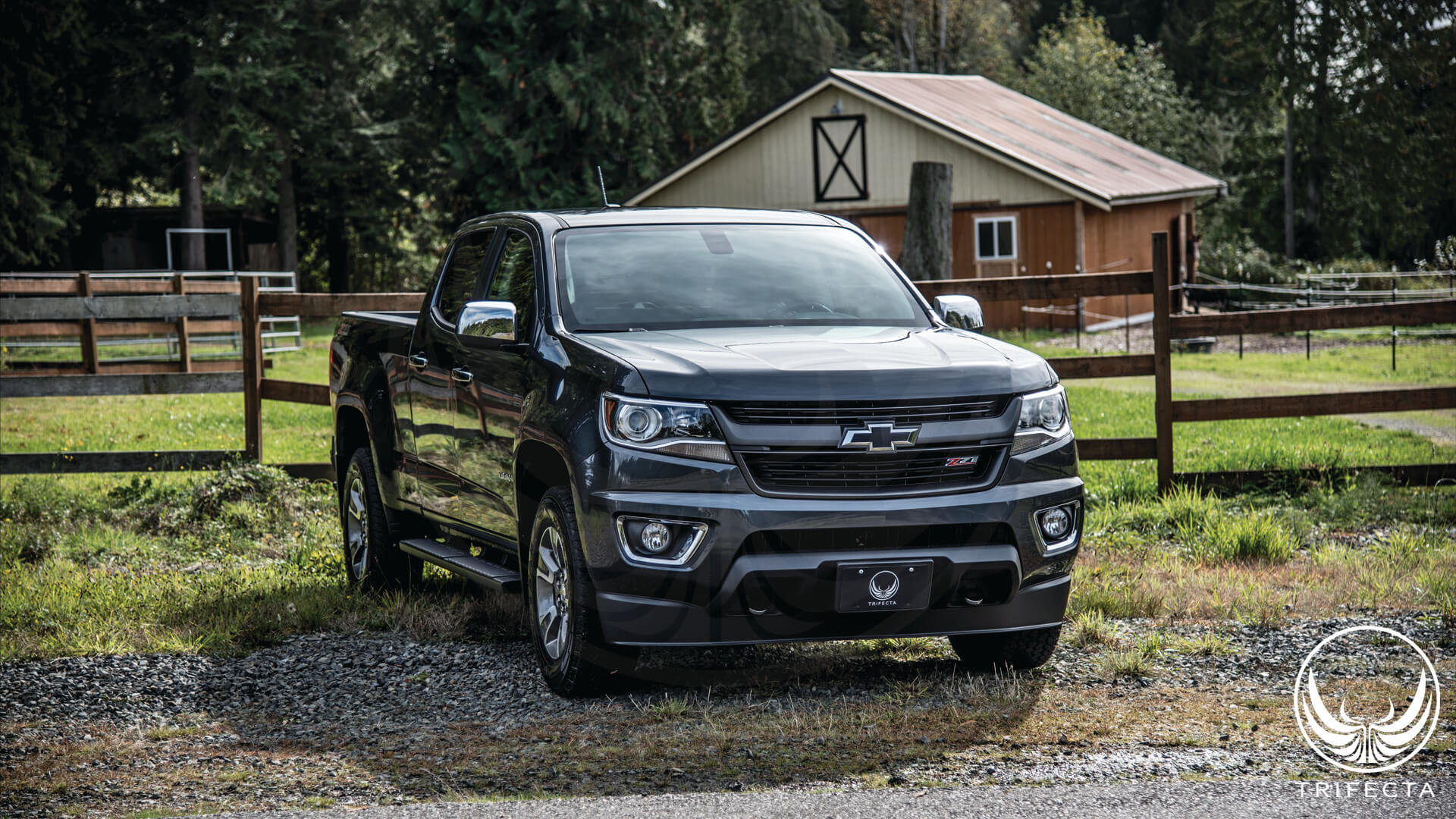


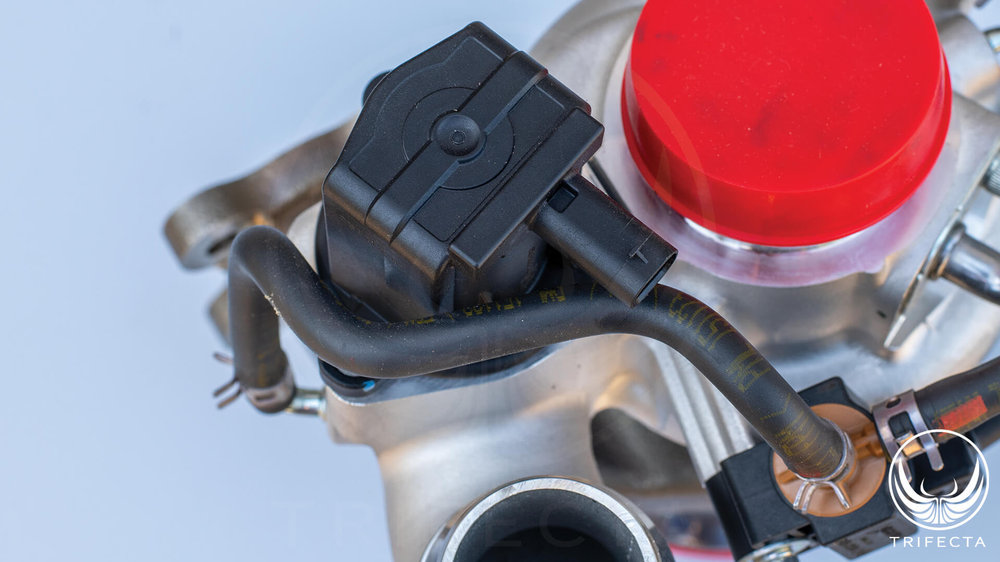
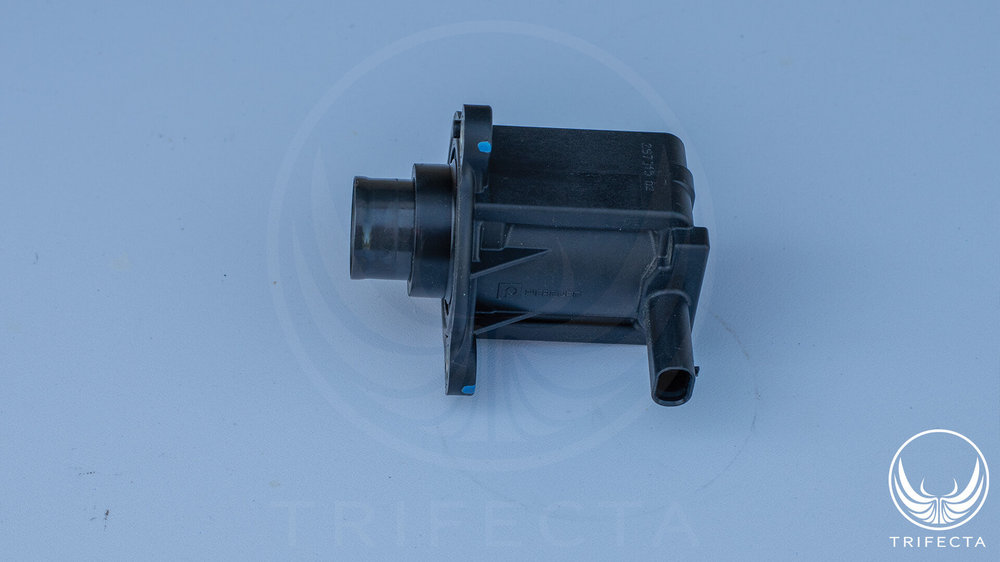
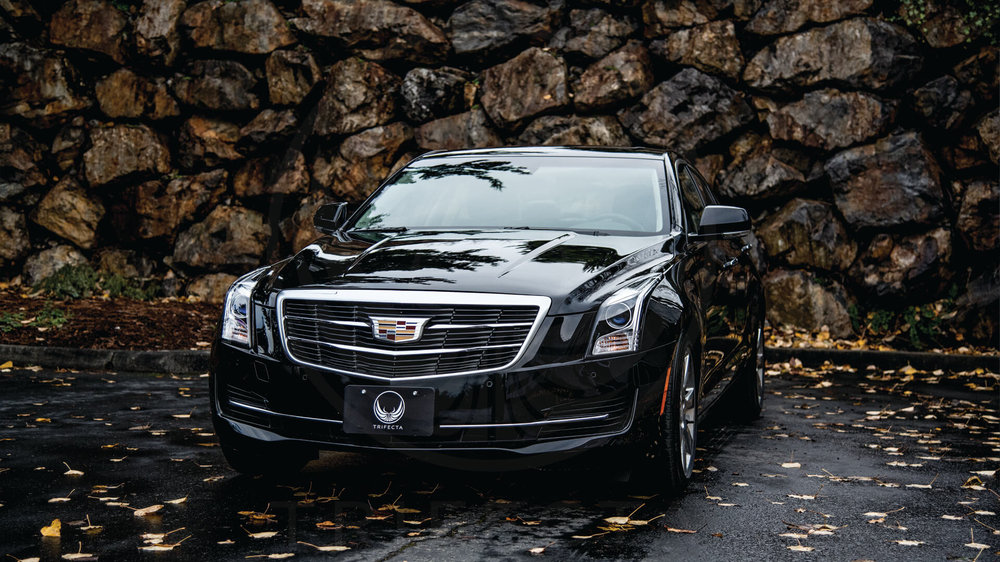

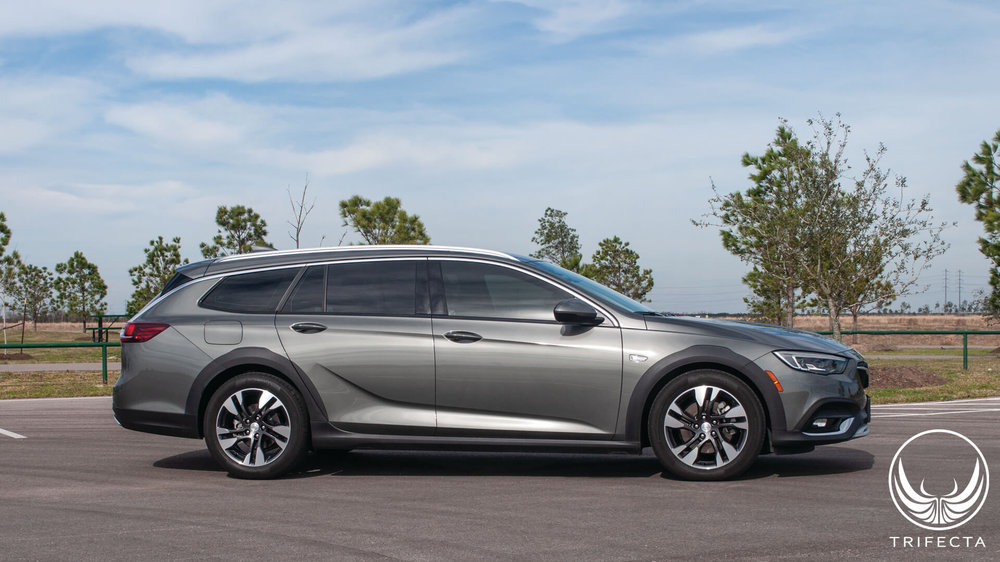
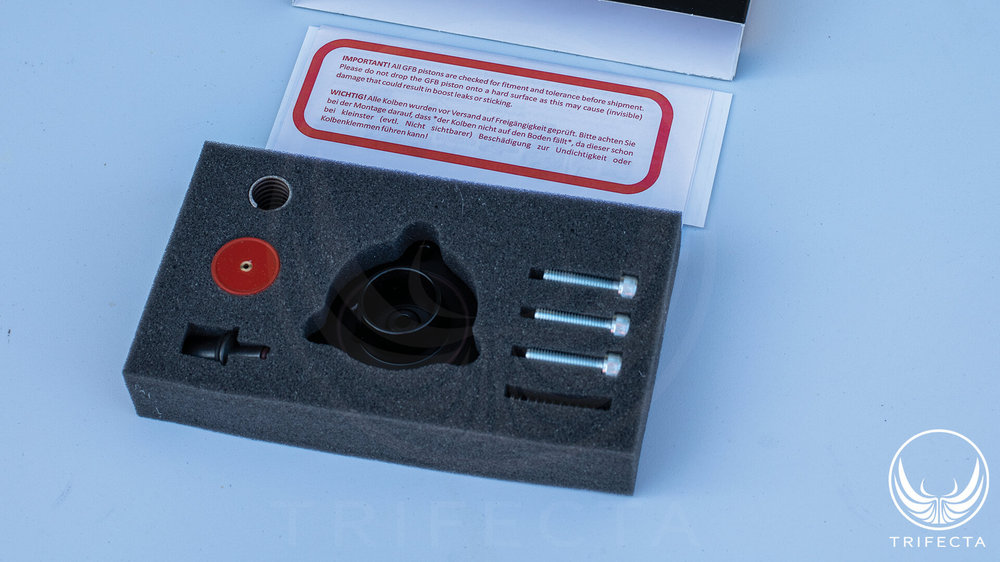
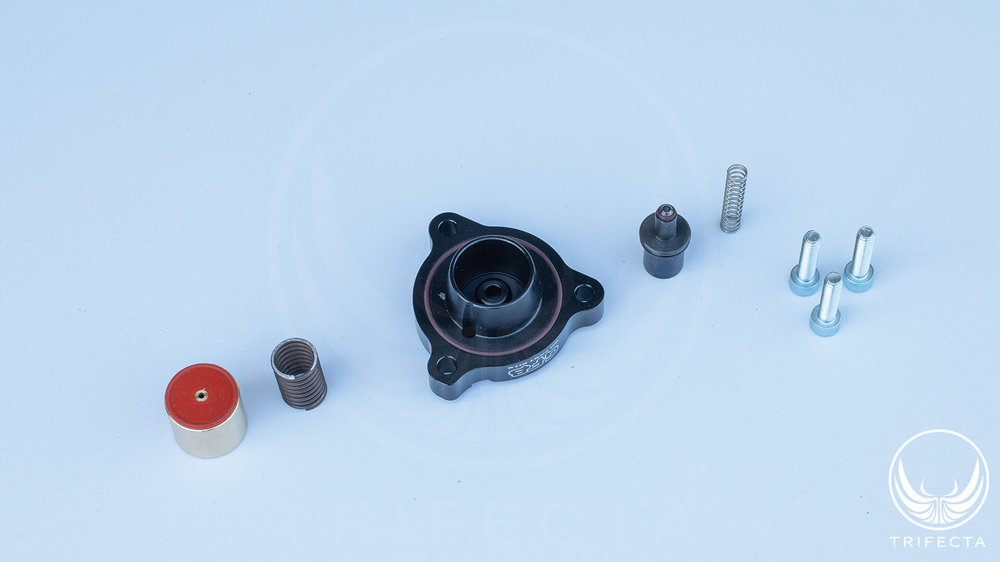

Recommended Comments
Join the conversation
You can post now and register later. If you have an account, sign in now to post with your account.